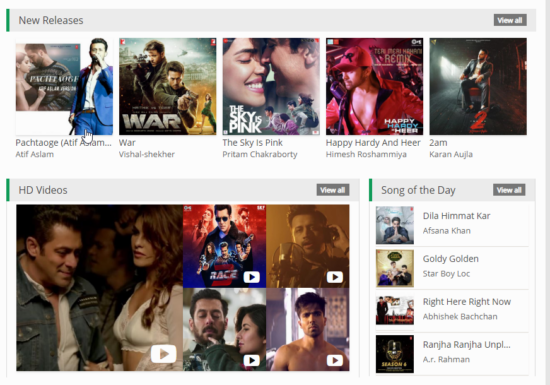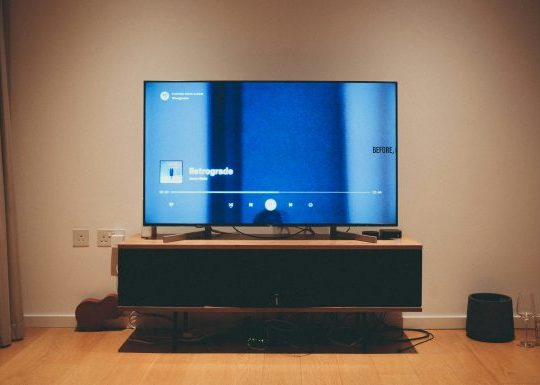Emotional design is a concept that has been gaining significant attention in recent years. The term refers to the practice of designing products or services that evoke emotional responses from users. The emotional design seeks to tap into the human psyche, eliciting positive emotions that drive user engagement, customer loyalty, and brand recognition. In this article, we’ll explore the key principles and benefits of emotional design and look at some real-world examples of how it is being applied.
At its core, emotional design is about creating experiences that connect with people on a deeper level. It is about going beyond purely functional design to create something that resonates with users on an emotional level. This is achieved by integrating elements such as aesthetics, brand identity, storytelling, and human-centered design into the design process.

Principles of Emotional Design
All Heading
1. Emotion Drives Behavior
Emotions play a crucial role in shaping our behavior, decisions, and perceptions. When we experience positive emotions, we are more likely to engage with a product or service, form stronger bonds with a brand, and be more loyal customers.
2. Aesthetics Matter
Visual design is a critical component of emotional design. The look and feel of a product or service can significantly impact how people perceive it and whether they connect with it emotionally. By incorporating visual elements such as color, typography, and imagery, designers can create a more emotionally engaging experience.
3. Storytelling is Powerful
Humans are wired to respond to stories. By weaving a narrative into a product or service, designers can create an emotional connection with users that goes beyond just the functional features.
4. Human-Centered Design is Essential
Emotional design is all about designing with the user in mind. By understanding the needs, goals, and aspirations of users, designers can create products and services that resonate with them emotionally.
Benefits of the Emotional Design
1. Increased Engagement
Emotional design can help create a more engaging user experience. By tapping into users’ emotions, designers can create a sense of connection that keeps users coming back for more.
2. Enhanced Brand Recognition
Emotional design can help create a strong brand identity. By creating a product or service that evokes positive emotions, designers can create a lasting impression in users’ minds that is associated with the brand.
3. Improved Customer Loyalty
Emotional design can help create a more loyal customer base. By creating products and services that resonate with users on an emotional level, designers can create a sense of loyalty that keeps customers coming back.
4. Increased Revenue
Emotional design can help increase revenue by creating a more engaging user experience, enhancing brand recognition, and fostering customer loyalty.

Emotional Design Examples
1. Apple
Apple is a company that has long been associated with emotional design. From the sleek design of its products to its powerful marketing campaigns, Apple has consistently created products and experiences that resonate with users on an emotional level. One example of this is the “Think Different” campaign, which celebrated creativity and innovation and positioned Apple as a company that values those qualities.
2. Nike
Nike is another company that has embraced emotional design. Its “Just Do It” campaign, for example, encourages people to push themselves beyond their limits and achieve their goals. By tapping into users’ emotions, Nike has created a strong brand identity that is associated with success, perseverance, and determination.
3. Airbnb
Airbnb is a company that has built its brand around emotional design. By offering unique and authentic travel experiences, Airbnb taps into users’ desires for adventure, exploration, and connection. The company’s brand identity is all about creating a sense of community and belonging, which resonates with users on an emotional level.
In conclusion, emotional design is a powerful concept that can help create more engaging and meaningful user experiences. By incorporating elements such as aesthetics, storytelling, and human-centered design, designers can create products and services that connect with users on a deeper level, evoke positive emotions, and drive customer engagement, loyalty, and revenue.













Recent Comments